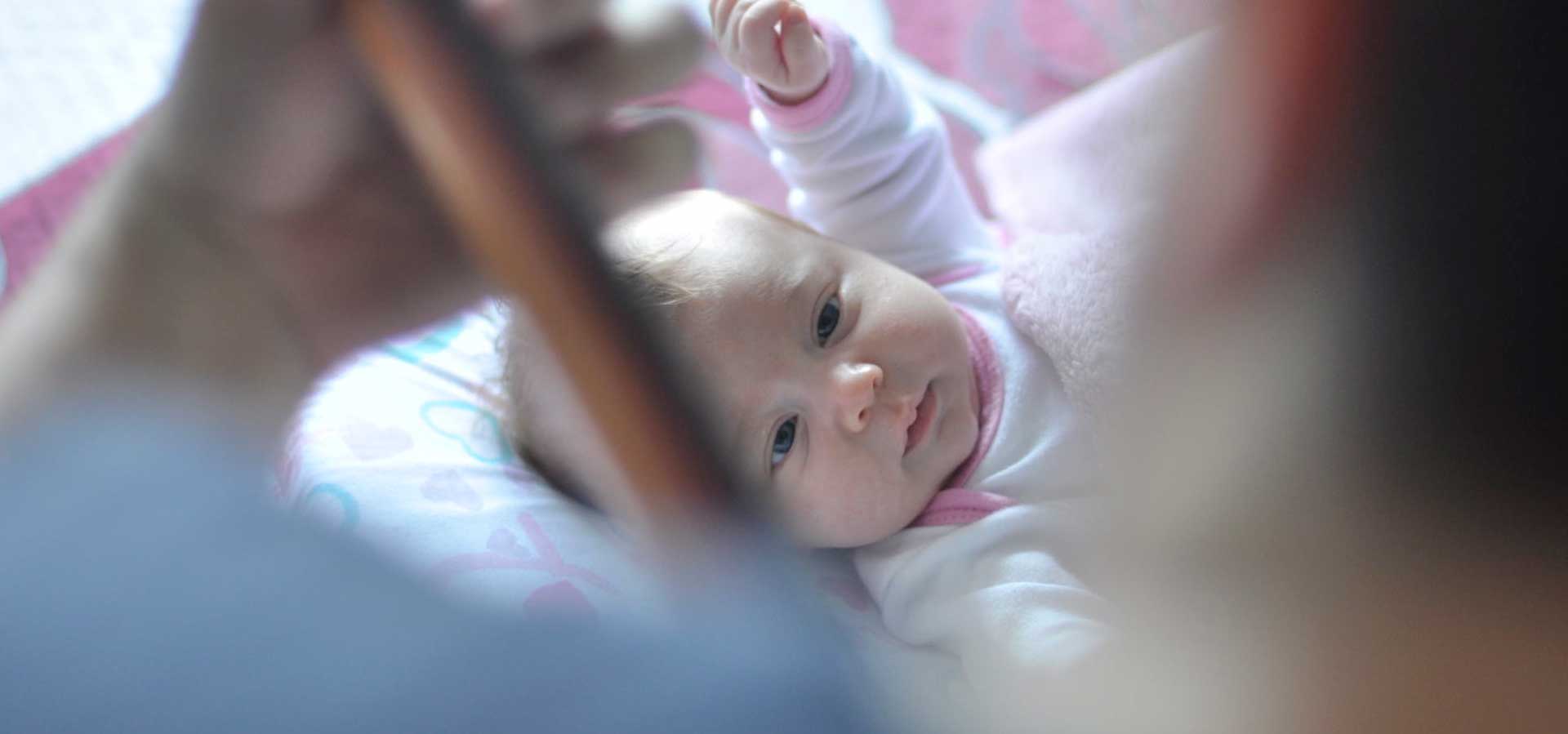|
Abhisarika |
Sexuality Resource.. |
|
|
|
Home | About Us | Articles | Ask Question | Publications | Sex Q & A | TELUGU |
|
|
POLYCYSTIC OVARIAN
SYNDROME (PCOS)
What is
Polycystic ovarian Disease?
What is Polycystic Ovarian Syndrome (PCOS)?
- there is diminished or absent ovulation manifested as
infrequent
or absent menstruation
A number of women with PCOS do not have polycystic ovaries but
have other symptoms that qualify their condition to be PCOS, and
some women with polycystic ovaries do not have any symptoms
of PCOS. Therefore it is important to distinguish Polycystic
ovaries (PCO) as a symptom from PCOS as a condition affecting
many aspects of health. Next: What causes PCOS?
|
|
Rights: Abhisarika, India |
